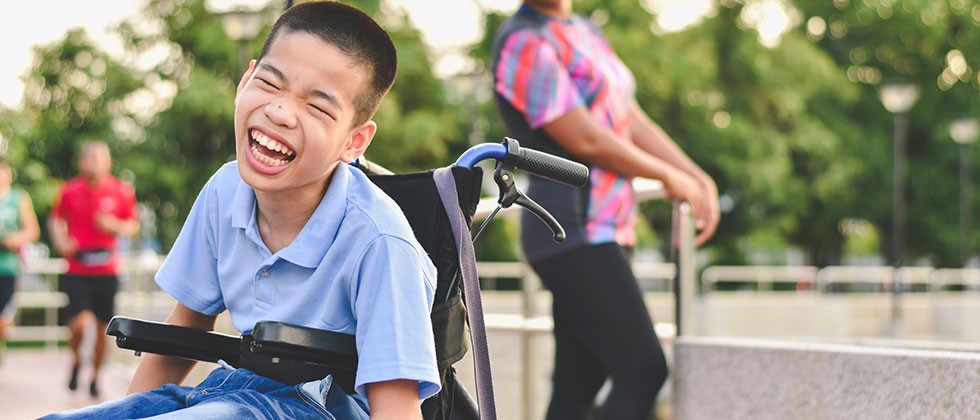
What makes a playground inclusive? Hint: It’s not just including wheelchair accessible play equipment – though that’s a start.
Truly inclusive playgrounds go one step further and create play experiences that satisfy a variety of physical, social-emotional and cognitive needs. Inclusive playgrounds give children of all abilities the power to choose how they want to play, learn and engage with others.
Here are the five hallmarks of well-designed inclusive playgrounds – and tips on how to design your own with ESSER funding.
Variety
Your students will approach play with diverse interests, sensory needs and attention spans that will vary from day to day. To account for this, invest in a variety of auditory, visual and tactile play experiences, such as mud kitchens, musical instruments or activity panels. An assortment of sensory-rich equipment will not only aid in development but keep students engaged in play, day after day.
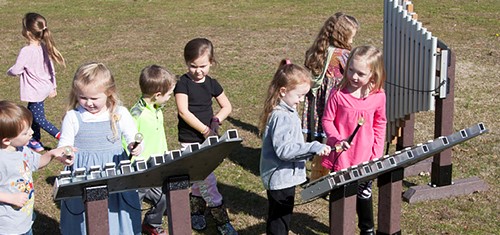
Access
Students who use wheelchairs or walkers may find it difficult to weave through crowds of students to access play structures. This is especially true if equipment is placed too close together or designated pathways are too narrow. Be sure play equipment is generously spaced apart for easy access. In addition, consider access to shade structures, which can be critical on hot days. Picnic tables with canopies or umbrellas are a practical and comfortable solution.
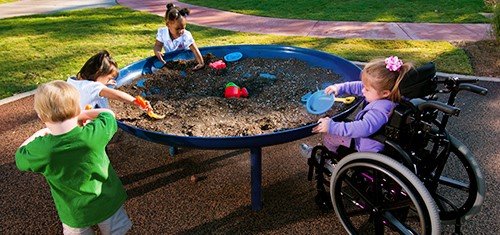
Equity
Well-designed inclusive playgrounds incorporate modified play structures alongside traditional ones. Modified play equipment can assist with transitions in and out of mobility units, add stability or provide postural support – allowing students who use wheelchairs, walkers or crutches to fully enjoy outdoor play. Adaptive swings or wheelchair-accessible picnic tables, for example, let students with physical limitations play alongside their peers and enjoy an outdoor meal.
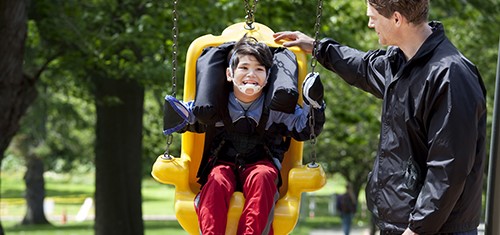
Respite
Certain students may become overwhelmed by a playground’s constant noise and activity. That’s why it’s important to include designated respite areas. These areas allow students who need a sensory break to restore themselves in relative peace. A durable picnic table in a semi-secluded area, for example, can offer students a comfortable way to decompress.
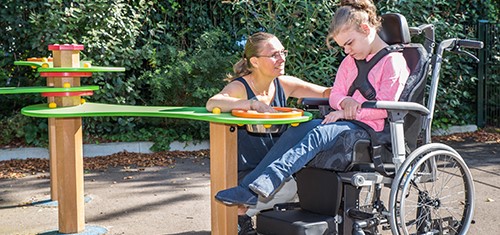
Awareness
Students might not be aware of classmates who feel isolated or need a friend to play with. These classmates might be too shy to ask to be included in games and activities. To promote inclusion, offer specified areas where students can find (or where teachers can direct attention to) others who want a playground friend. Buddy benches, for example, are specially designed to do just that.
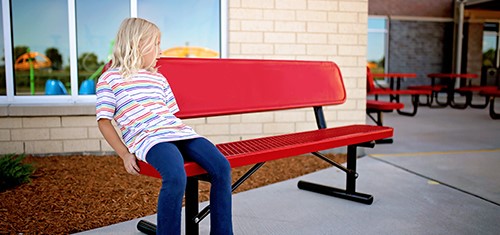
Have questions? We’re here to help! Our experts are available by phone at 1-800-260-2776. You can also get personalized assistance through our or by emailing us. We’re available Monday-Friday, 8am-7pm.


